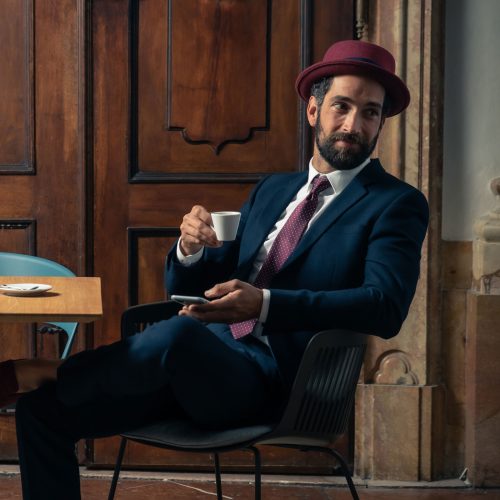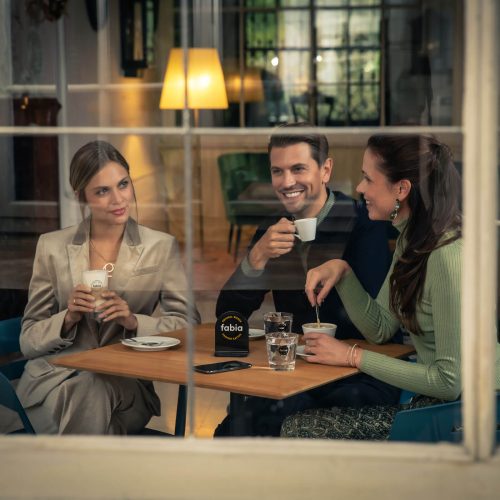A TASTE OF VIENNESE COFFEE CULTURE.
Viennese coffee house culture has been recognised by UNESCO as an item of intangible cultural heritage since 2011, and is unique the world over. What makes these coffee houses so very special? There’s a characteristic mood created by the marble tables, Thonet chairs, snugs, and the stands and tables strewn with newspapers. UNESCO says they are “…places in which time and space are consumed, but only coffee can be found on the bill.”
The first documented coffee houses sprang up toward the end of the 17th century. In time they became venues for conversations on literature, discussions about politics, and meeting places for major figures of every subsequent era. Regular guests included musicians and composers like Ludwig van Beethoven, literati, and artists such as Gustav Klimt and Egon Schiele; all of whom met there to converse, read newspapers, gather inspiration – and to work.
These traditions are what made the typical Vienna coffee house so special – and do so to this day; although they can also be found beyond the city of Vienna. These places offer much more, and are part of a way of life. Young urbane guests are also drawn to coffee houses, since they promise pleasure, leisure and relaxation. People meet there; not just for a quick coffee, but to spend time. They are places to be.
fabia – At home where, for a moment, the world stops spinning.

How do the Einspänner and Fiaker differ? How did the Franziskaner get its name? What is special about the Vienna Melange? The key to the charming history of Viennese coffee house traditions lies in the tales it is built upon – and there are lots of them! Many of the most important stories can be read by fabia connoisseurs on their sugar sachets.
Aficionados and interested laypeople will enjoy the following overview of the numerous Viennese specialty coffees. Of course, every single variety comes in the perfect fabia cup or fabia glass. The accompanying sugar and biscuits are just as important as the provision of a spoon which, for Viennese coffee specialities, is typically balanced atop the glass of water.
Aficionados of Vienna’s coffee house culture love one aspect above all others; the fact that time is taken to ensure every guest enjoys a pleasurable and leisurely stay. Sometimes it’s the little things: A kind word or a well-meant “How’s it going?”, the cosy, laid-back atmosphere, or a friendly smile. And none of this would be quite as wonderful without an exquisite coffee experience no other place on earth can match.
fabia – Time is the secret of quality.

Headquarters – office hours:
Mon-Thu
Fri
08:00 – 16:30
08:00 – 12:00